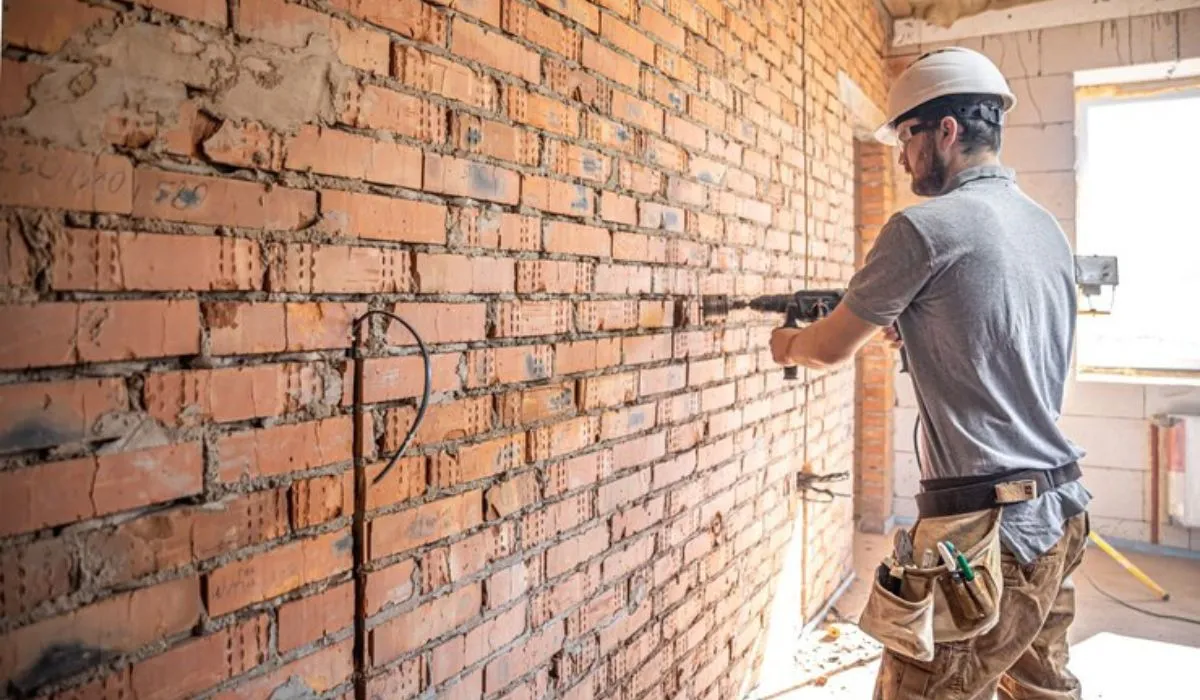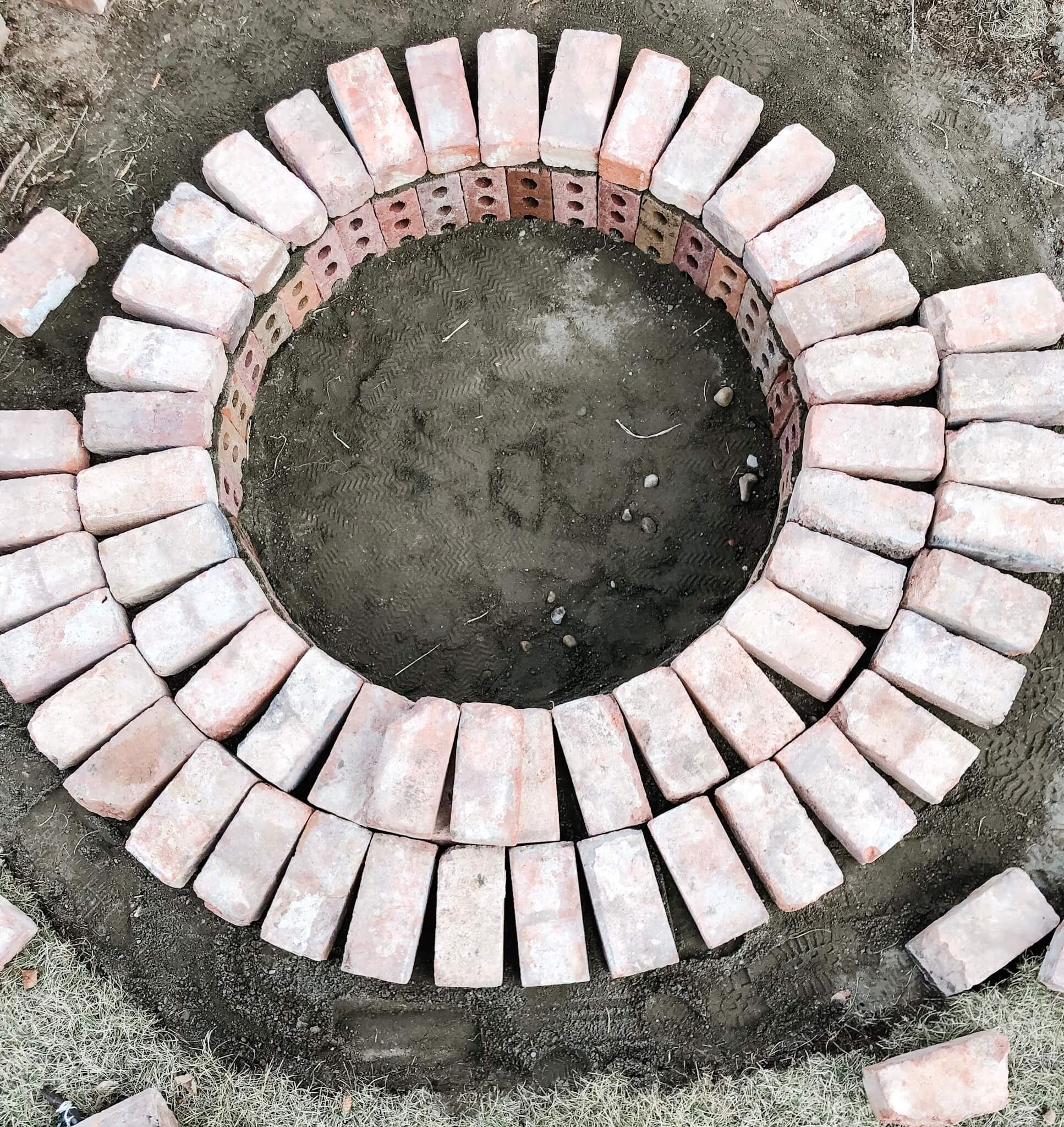Alright, so, the other day, I noticed a few cracks in the firebricks of my wood stove. It’s been getting colder, and I rely on that stove to keep my place warm, you know? I figured I couldn’t just ignore it, plus I didn’t want to call some professional and spend a ton of money. So, I decided to take matters into my own hands and fix those firebricks myself.
First things first, I did a bit of searching online to see what I was dealing with. I found some stuff about different kinds of firebricks and how important they are for keeping the stove working right and not being a fire hazard. Safety first, right?


Then I went to gather up what I needed:
- Fire cement – That’s the stuff that’s going to hold everything together.
- A trowel – For applying the cement. I just used an old one I had lying around.
- Wire brush – To clean up the cracked areas.
- Gloves – Didn’t want to get that cement all over my hands.
- Water and a bucket – For mixing and cleaning up.
So, with all my gear ready, I got to work. I started by cleaning out the cracks with the wire brush. I made sure to get out all the loose bits and dust. Then, I used an old rag and water to dampen the cracks. I read somewhere that this helps the fire cement stick better.
Next, I grabbed a handful of the fire cement, put on my gloves, and mixed it with a little water until it was like a thick paste. I used the trowel to spread the cement into the cracks, making sure to really pack it in there. It was a bit messy, but kind of satisfying, to be honest.
After I filled all the cracks, I let the cement dry for a day. I didn’t want to start a fire until it was completely set. The next day, I checked it out, and it looked pretty good! The cracks were all filled, and the cement was hard.
Finally, I started a small fire in the stove to test it out. I kept an eye on it for a while, and everything seemed to be holding up great! No smoke leaking out, and the stove was heating up like normal.
I have to say, I was pretty proud of myself for tackling this little project. It wasn’t as hard as I thought it would be, and it saved me a bunch of cash. Plus, it’s nice to know that my wood stove is in good shape and ready for the winter. DIY for the win!




